|
When looking at photos of luscious late-Edwardian and 1910's extant gowns, many people are unaware that the softness and fluidity is a complete illusion, meant to present an outward effect, but built upon a hidden world of structure below. That structure was the essential secret underneath Edwardian and 1910's garment construction. Aside from the work of the corset in creating the fashionable line, virtually every evening gown, and most dressy day gowns from 1900 through to the end of the WWI era, were constructed over a closely-fitted, even personally-fitted and boned, foundation or under-bodice, to establish the proper silhouette. A secondary purpose of the closely-fitted foundation was to provide a sort of firm scaffold on which all of the outer elements of the gown could be mounted, including the often heavy, widely-trained skirts. Thirdly, the foundation helped to keep the entire garment from shifting on the wearer's body when worn -- most evening gowns, and many fancy day gowns, had the addition of a petersham belt sewn into the foundation for this purpose. Lastly, a well-designed foundation prevented costly textiles from coming into direct contact with the body and provided additional support and protection for the garment itself . After about 1912, gown foundations became lighter, and less firmly boned than previously, but they weren't entirely dropped from garment-making until the 1920's. In fact, they're still being used today in haute couture. Most of the Edwardian-style sewing patterns produced by the big pattern companies ignore this historical reality -- I can only conclude that the designers are either unaware of the real make-up of Edwardian and 1910's dresses, or choose to ignore this important (even critical) aspect of construction for the sake of simplicity. But this is missing the whole point of Edwardian dress design itself. Are these foundations difficult to make? They do require care and patience, but no special skills for the person with average sewing experience. If you can make a fitted blouse, you can make a good Edwardian foundation. It may seem that the process is a waste of time or completely unnecessary, but once you've made a gown with a properly fitted foundation, you'll likely never want to make one without again! If the foundation is well-fitted, you can be confident that the rest of the dress will look, drape, and fit well. The actual construction of the gown will go very quickly because no further preliminary fitting will be needed. In fact, this method, with some variation, is precisely that used by the great modern design houses to construct formal evening gowns. They do it for good reason! Scroll down the page for a photo mini-tutorial on making an authentic late-Edwardian foundation for a silk day gown. There were of course many dresses of this era that were made without the use of a fitted bodice foundation, but these were almost invariably either informal summer dresses of cotton or linen, or the so-called "lingerie" dresses, which were intended to be transparent, worn over white or pastel "slips". Adding a foundation to lingerie dresses would have ruined the purpose of a semi-sheer, diaphanous, lacy garment by having the under-structure showing instead of the pretty lingerie worn directly underneath in summer. I'll have more to say later on in my "Research" section on the topic of the evolution of the under-structure and construction of women's garments from mid-Victorian to late 1910's, but for the moment, here is an overview of the process of creating a typical bodice foundation for a 1912 silk day gown. You'll also find an extended version of this "mini-tutorial" on my Facebook page (click on the black button just below to link to it).
0 Comments
Your comment will be posted after it is approved.
Leave a Reply. |
AuthorPatricia Preston ('The Fashion Archaeologist'), Linguist, historian, translator, pattern-maker, former museum professional, and lover of all things costume history. Categories
All
Timeline
March 2024
|






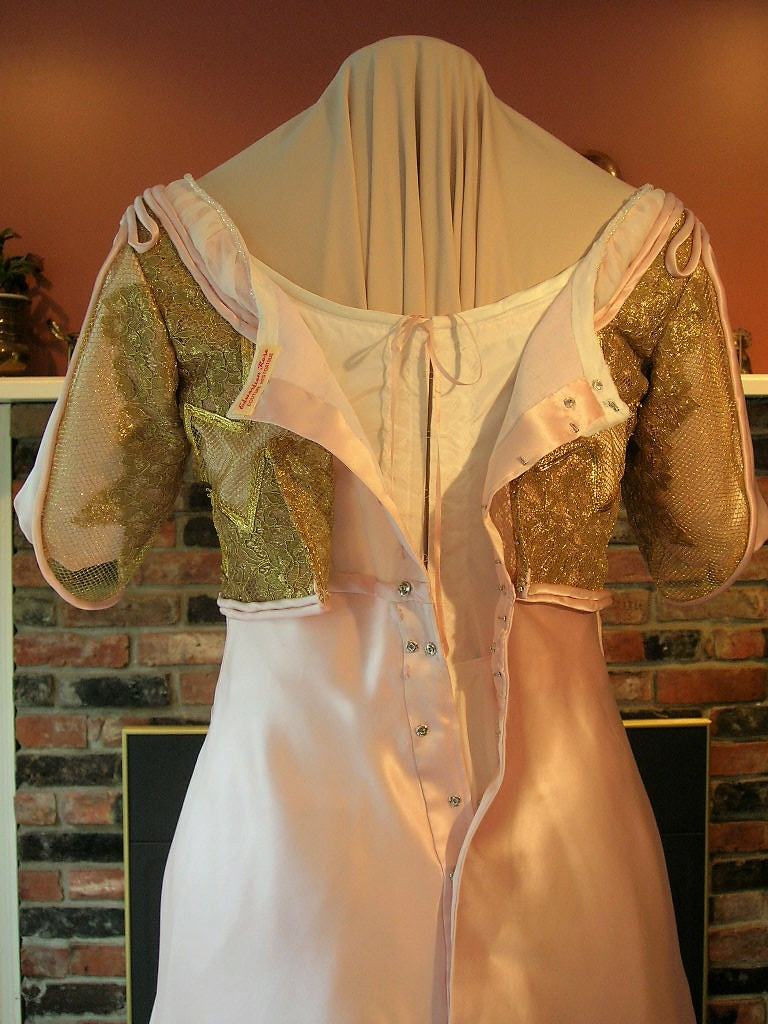



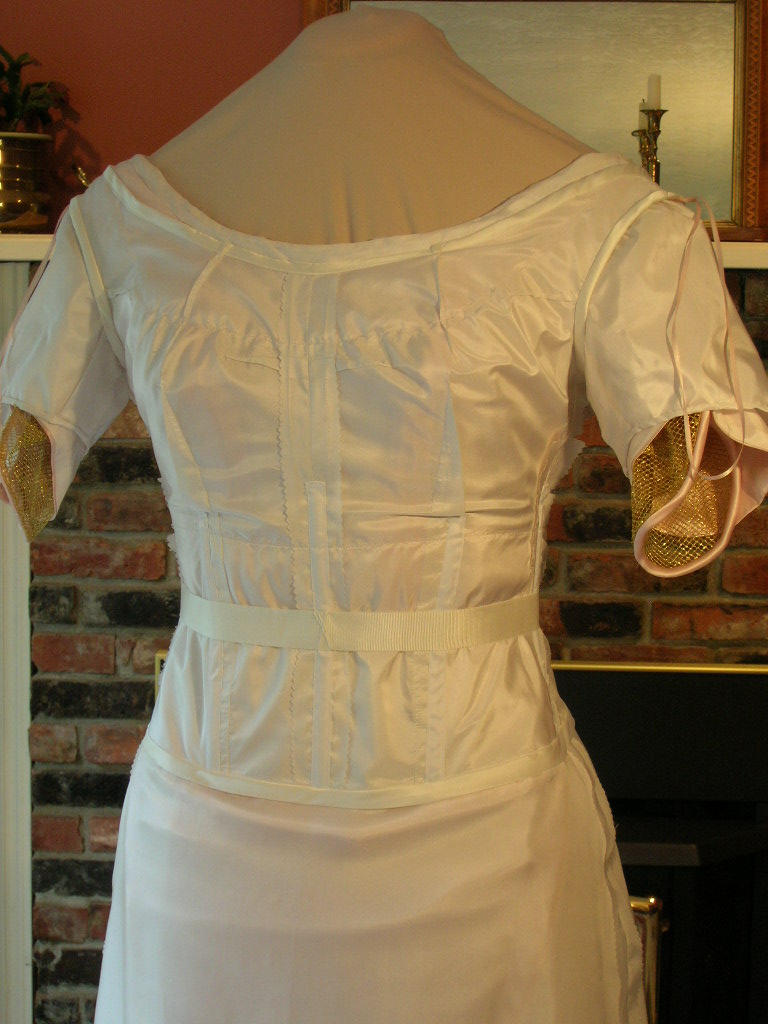

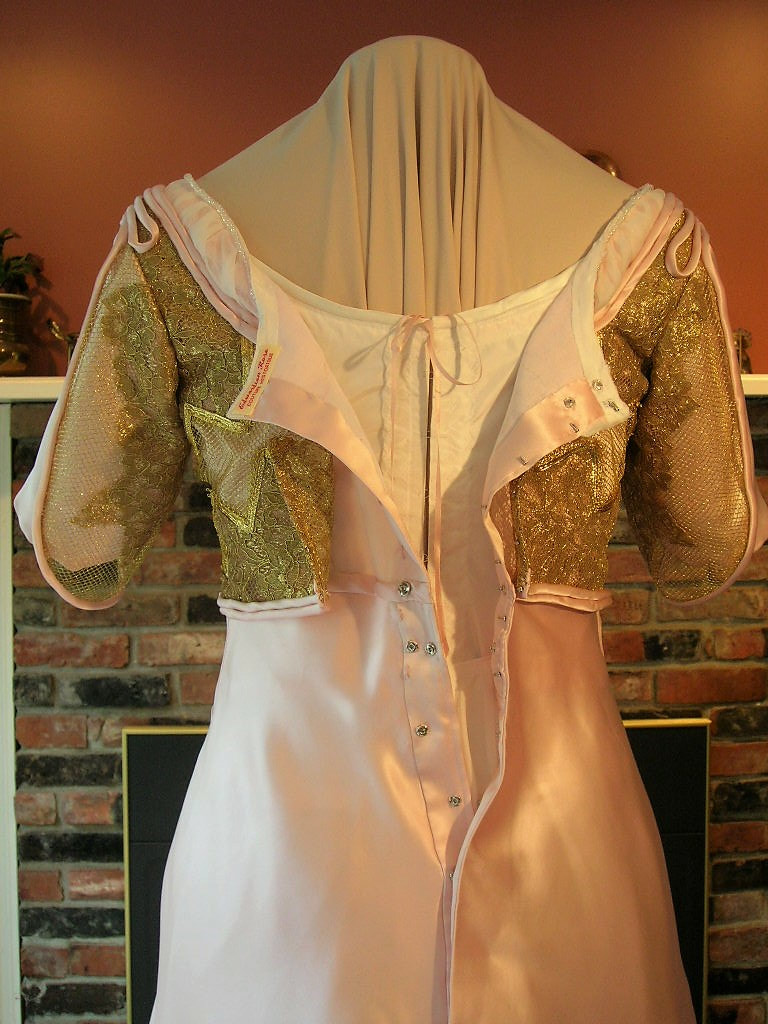

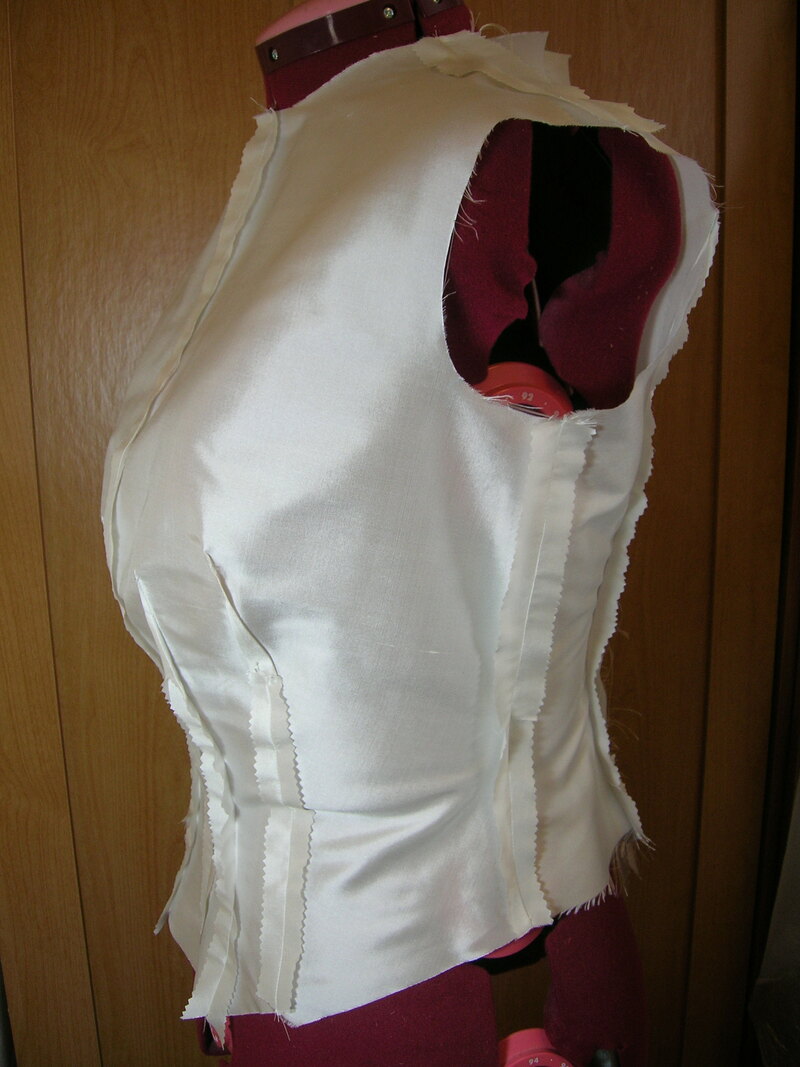
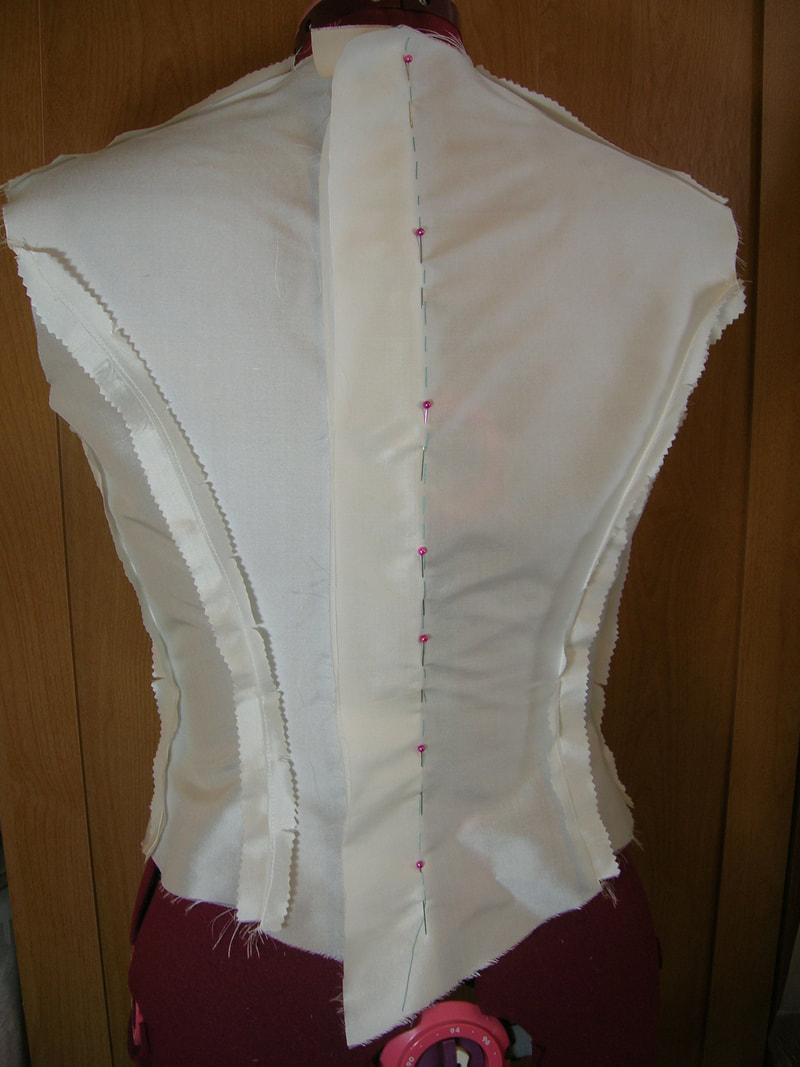






 RSS Feed
RSS Feed